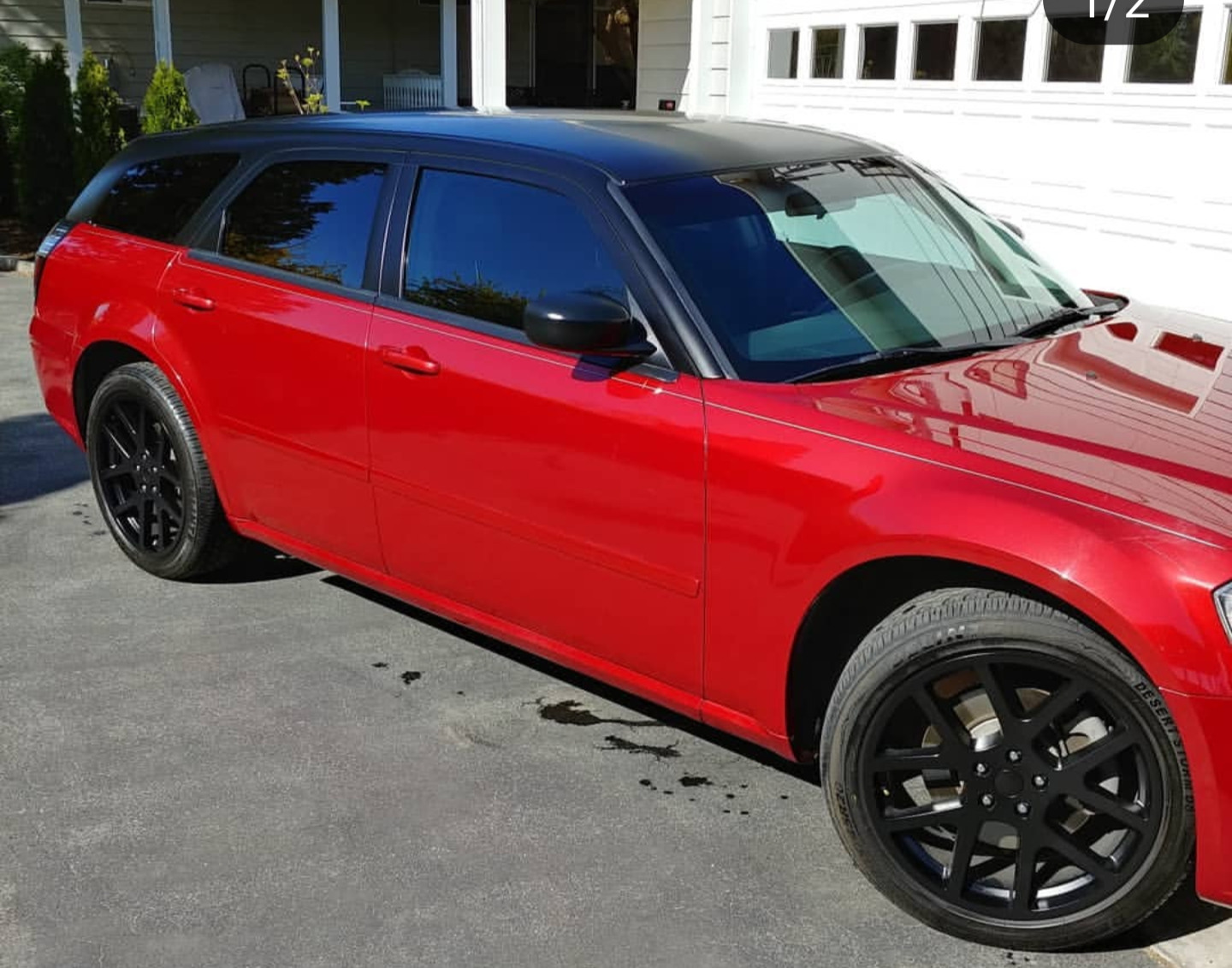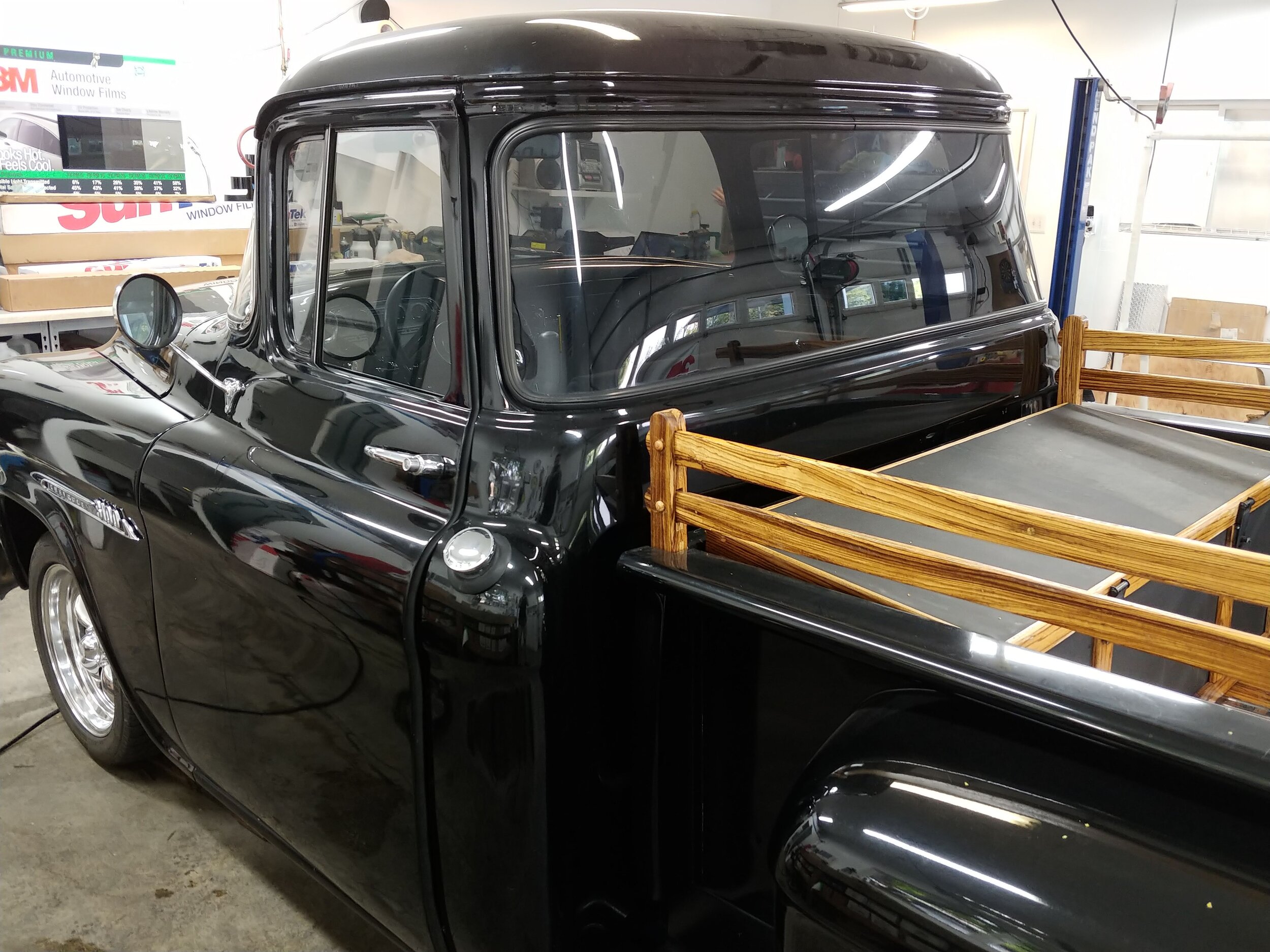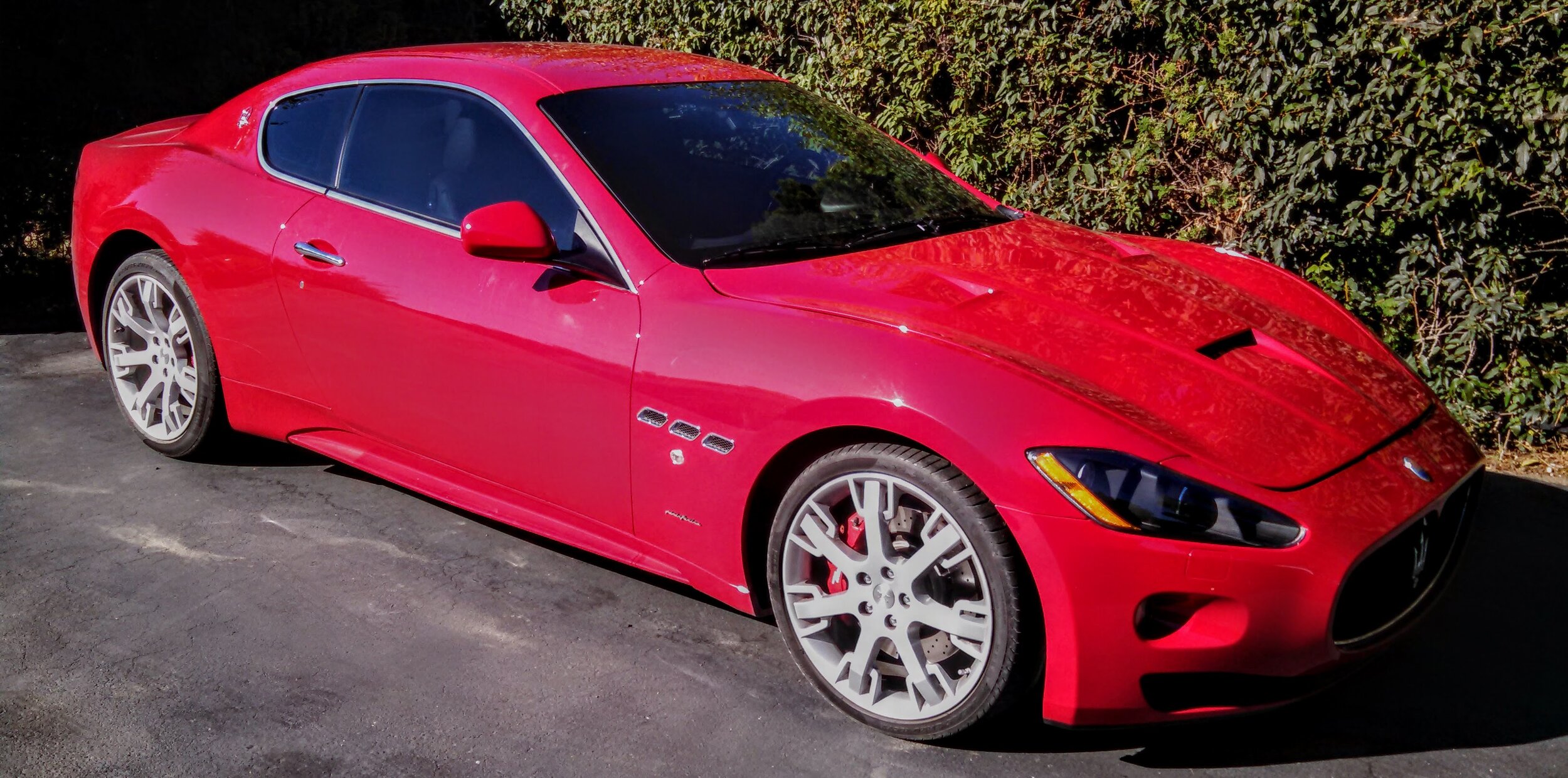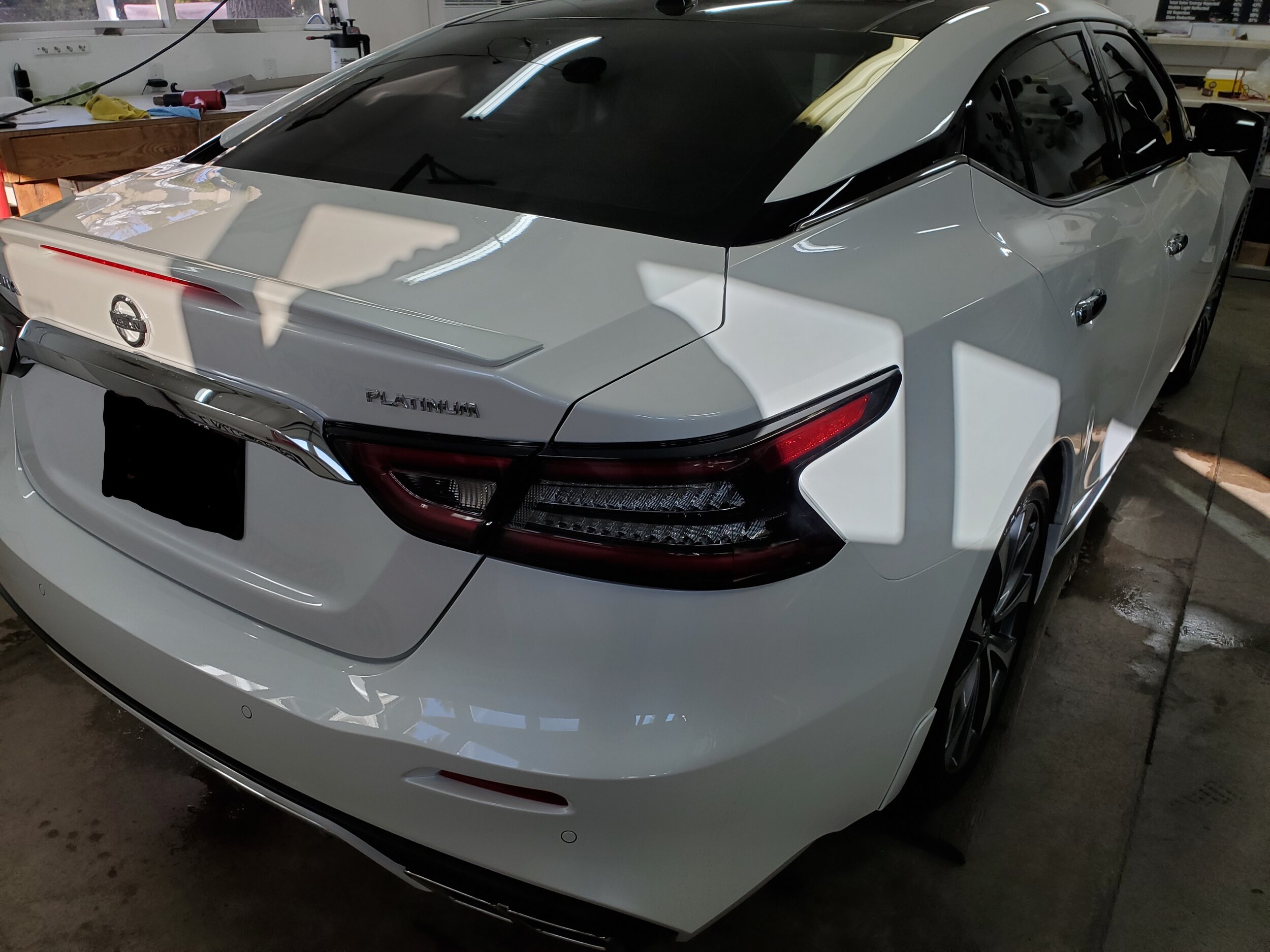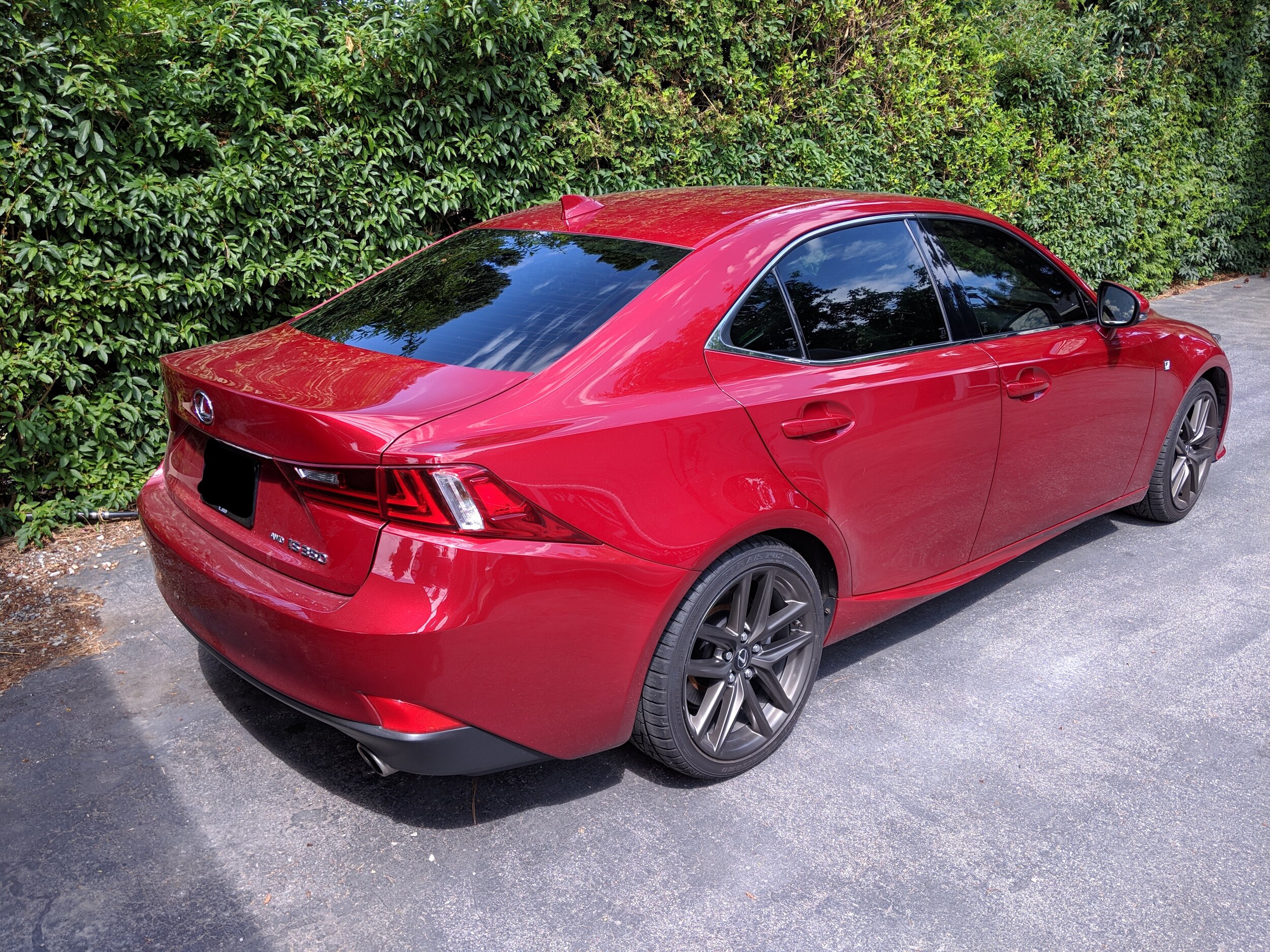Automotive Window Tinting
Window Film is an excellent way to enhance the look of your vehicle from the outside, while at the same time accentuating your view from the inside. We carry a variety of window films from multiple reputable manufacturers to tailor your experience for your budget and needs. All of our window films reject 99% of the ultraviolet radiation, the rays of light most responsible for fading your interior, keeping your interior looking its best.
Find out more about different types of window films below.
Ceramic
Ceramic window films are the best and highest quality window films available. Along with enhancing the look of your car, these reject a large amount of heat coming through the windows, keeping you cool. Ceramic window films are designed to reject infrared radiation, the rays most responsible for heat entering your vehicle. All Ceramic films come with a lifetime warranty against peeling, cracking, adhesive failure, delamination, and color change.
Premium Traditional
Premium traditional window films are great quality window films that are great at changing the look of your vehicle and helping with heat rejection for a lifetime. These films are made with color stable dyes and come with a lifetime warranty against peeling, cracking, adhesive failure, delamination, and color change.
Traditional
Traditional window films are great to change the look of your vehicle. They are made using dye, getting you that deep black look at an affordable price.
Window Film Specifications
Window films are generally rated for darkness by the darkness of the film before application to the glass. This means that when applied to the glass, a 30% film may meter at 24%, a 35% film may meter at 28%, a 20% film may meter at 17%, and a 5% film may meter at 4%. The graphs below are based off of the darkness of the window after the film’s application.
Heat rejection specifications
Total Solar Energy Rejected (TSER) is the percentage of total solar energy rejected by glass with film applied. The higher the number, the less solar heat is transmitted through the glass.
24%-28% Window Film Heat Rejection (TSER)
15%-18% Window Film Heat Rejection (TSER)
4%-6% Window Film Heat Rejection (TSER)
Ultraviolet Radiation Blocked
Ultraviolet Radiation is the principal cause of interior fading. UV light contributes to sunburn and other skin conditions. All of our window films block 99% of the Ultraviolet Radiation coming through the glass.
Ultraviolet Radiation Rejection All Darknesses
Infrared Energy Rejection (IRER)
Infrared Radiation is the primary cause of heat coming through your vehicles windows. Ceramic window films have been designed to reject as much Infrared Radiation possible. The darkness of a ceramic window film affects this Infrared Radiation rejection very little, meaning that lighter ceramic films perform almost as well as darker ceramic films. IRER takes into account the transmitted and absorbed Infrared Radiation energy that will be reradiated into a vehicle. Traditional and Premium Traditional window films are not designed with Infrared Radiation in mind, so they are not tested for an IRER number.
Infrared Energy Rejection Percentage (IRER)
Washington State Tint Laws
Washington State law has two different tint laws. To find out which applies to your vehicle, check the manufacturer’s stamp inside your drivers door jam. There are two different classifications.
The first is Passenger Car. These are 2 door coupes, 4 door sedans, and some hatchbacks. Washington State Law stipulates that all windows on these vehicles cannot be darker than 24%. This includes the windows behind the driver. (RCW 46.37.430)(5)(a)
The second classification is MPV, or Multi-Purpose Vehicle. These are generally trucks, SUV’s, vans, and wagons. Washington State Law stipulates that the front doors on these vehicles cannot be darker than 24%. The windows behind the driver can be any darkness. (RCW 46.37.430)(5)(b)
Washington State Law allows for up to a 6” band of any darkness along the top of the windshield and a clear film for the entire windshield to provide heat and UV protection. (RCW 46.37.430)(5)(e)
contact us for a quote
Please be sure to check the spam or junk section of your email as our responses sometimes are flagged as spam. Thank you




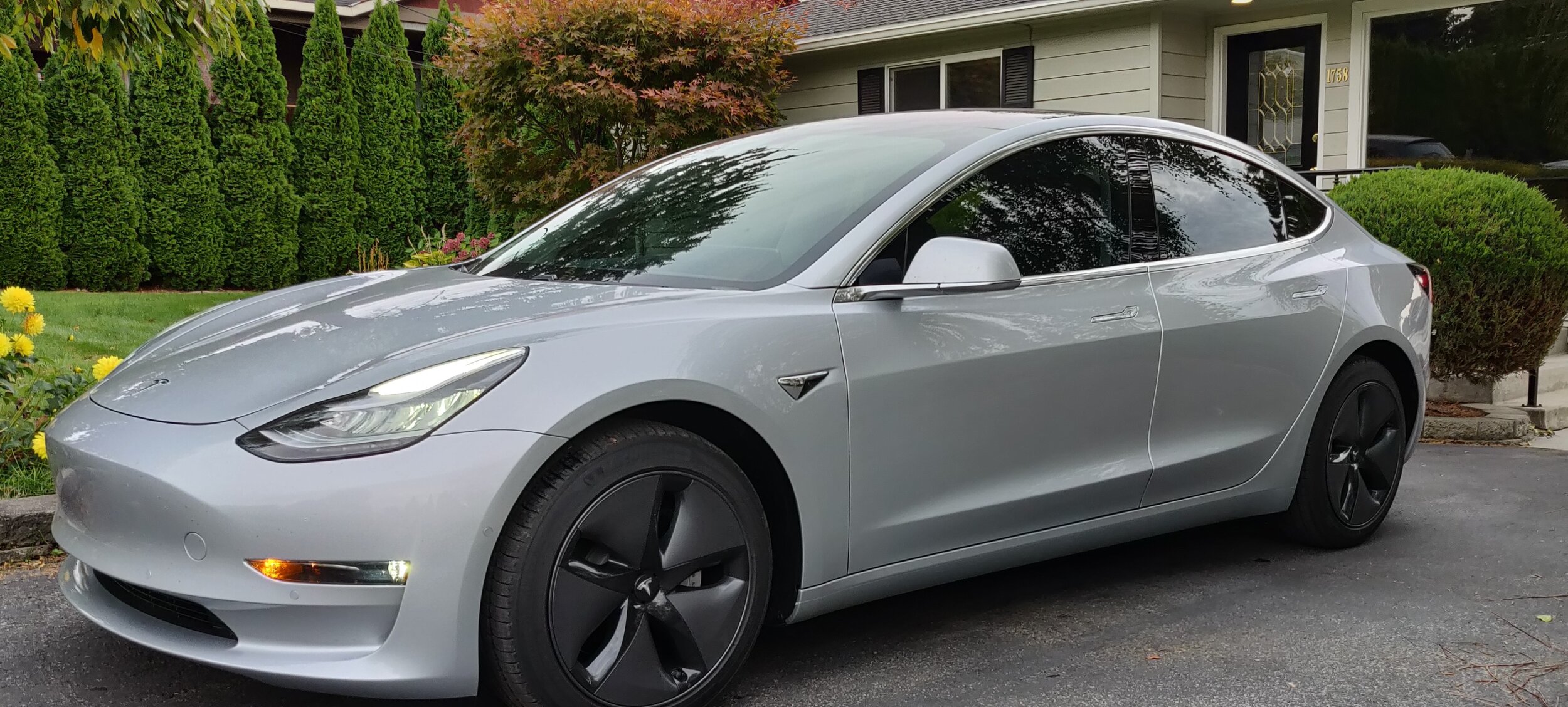


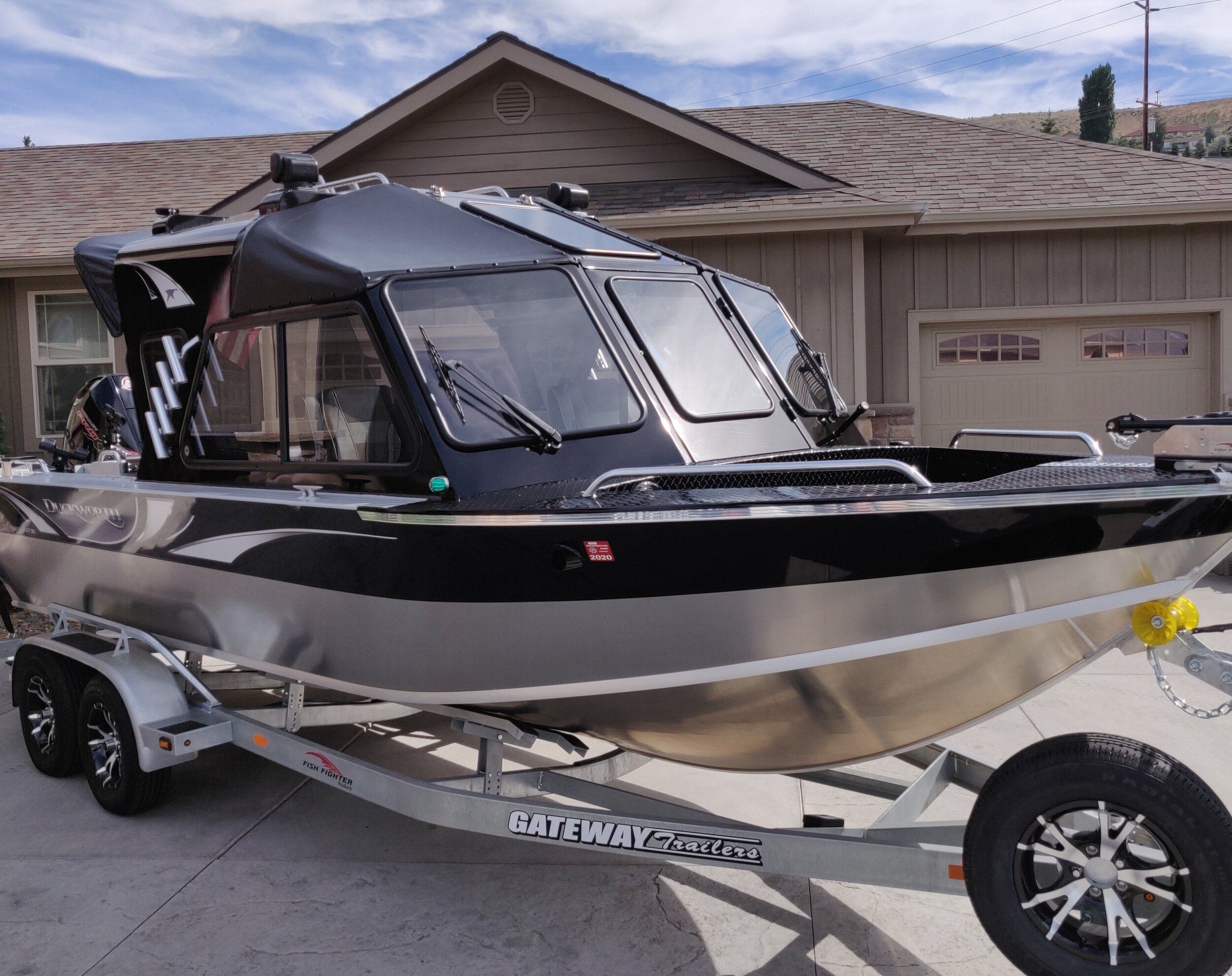
![0124191259b[1].jpg](https://images.squarespace-cdn.com/content/v1/574cc51df85082d3b6c7f71b/1591141172204-GZW9R56BDM9OA7AL6Z1S/0124191259b%5B1%5D.jpg)
![20200602_105548[1].jpg](https://images.squarespace-cdn.com/content/v1/574cc51df85082d3b6c7f71b/1591141199117-AI2ABGOJNJ4JUKF190GZ/20200602_105548%5B1%5D.jpg)
![20200320_100153[1].jpg](https://images.squarespace-cdn.com/content/v1/574cc51df85082d3b6c7f71b/1591141268675-IV0NMHRZ9VTP5TQG1BNI/20200320_100153%5B1%5D.jpg)
![20200317_142754[1].jpg](https://images.squarespace-cdn.com/content/v1/574cc51df85082d3b6c7f71b/1591141320629-OBQW3D80TOFY7UWAYRXH/20200317_142754%5B1%5D.jpg)
![20191112_140846[1].jpg](https://images.squarespace-cdn.com/content/v1/574cc51df85082d3b6c7f71b/1591141436279-CBSAN5RJV24Q3HOD248M/20191112_140846%5B1%5D.jpg)
![20190829_121119[1].jpg](https://images.squarespace-cdn.com/content/v1/574cc51df85082d3b6c7f71b/1591142111309-N0FKWLCJMN6LVV1EM5IO/20190829_121119%5B1%5D.jpg)
![20190611_123202[1].jpg](https://images.squarespace-cdn.com/content/v1/574cc51df85082d3b6c7f71b/1591142159773-O4JN2DCICV3EICO0ZSDP/20190611_123202%5B1%5D.jpg)
![20190523_131424[1].jpg](https://images.squarespace-cdn.com/content/v1/574cc51df85082d3b6c7f71b/1591142189581-RNUSXH9KSOWWERNHOFET/20190523_131424%5B1%5D.jpg)
![20190523_113800[1].jpg](https://images.squarespace-cdn.com/content/v1/574cc51df85082d3b6c7f71b/1591142228289-D6OL4RQ6EG96EPR6YTX0/20190523_113800%5B1%5D.jpg)
